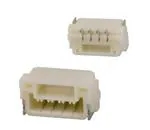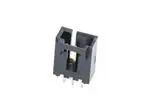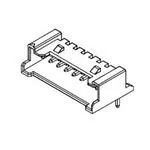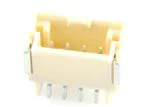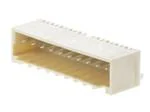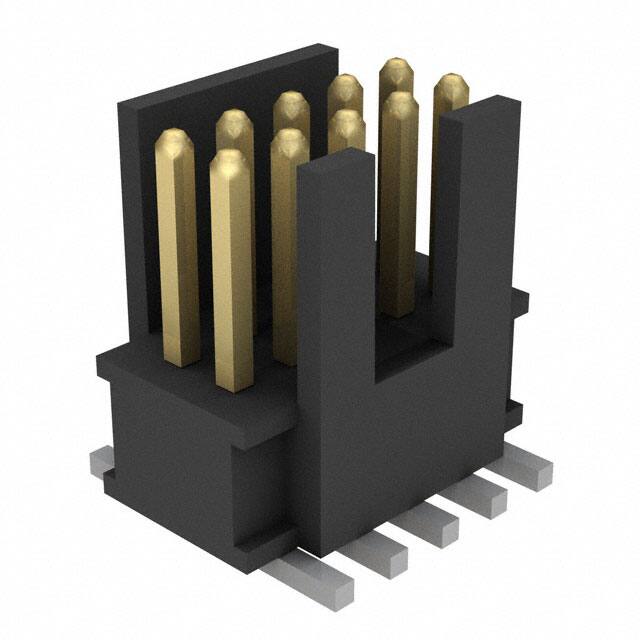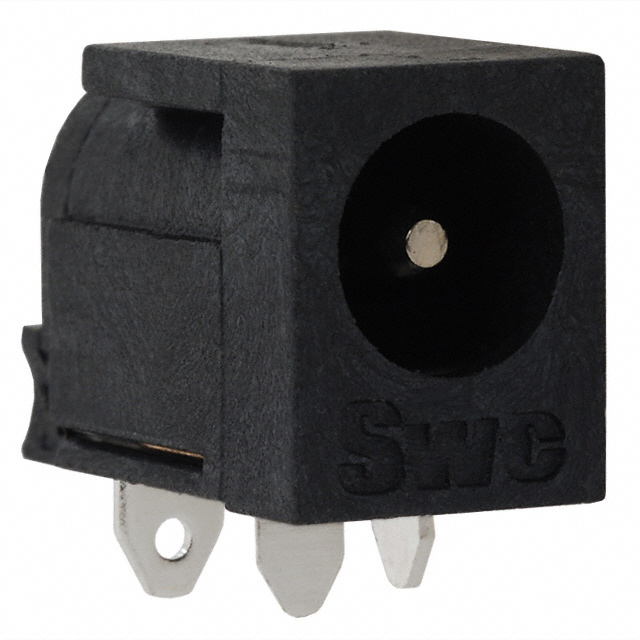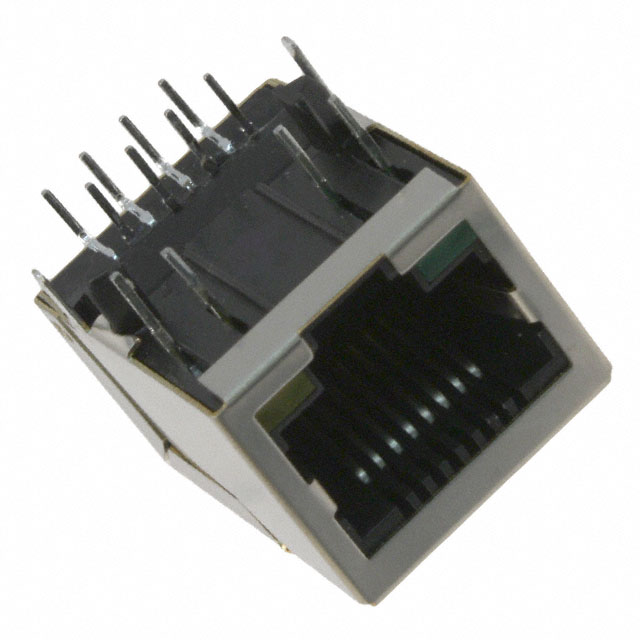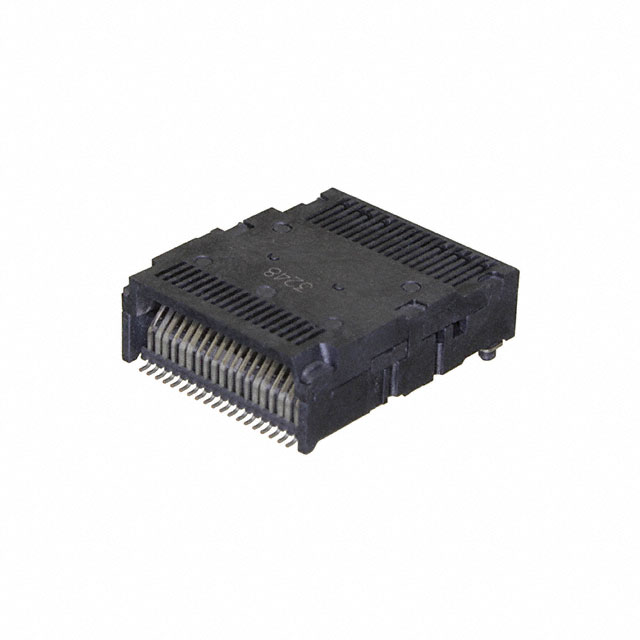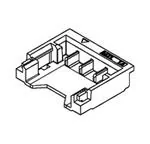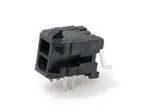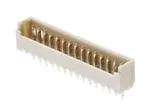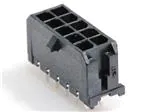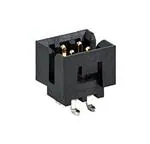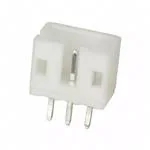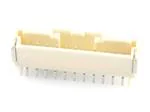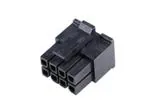PE4259 RF Switch | Datasheet, PDF
- Estilo del conector: SMC
- Impedancia: 75 ohmios
- Frecuencia - Máx.: 2 GHz
- Paquete: -

Envío GRATUITO para pedidos superiores a HK$250.00

Respuesta rápida, cotización rápida.

Envío rápido, sin preocupaciones posventa.

Canal original, garantía de los productos auténticos.
pe4259
The PE4259 is an RF switch with some great features. It works across a wide frequency range, from DC to 8 GHz, perfect for high-frequency needs. With around 40 dB of isolation, it ensures minimal interference between signal paths. The low insertion loss of 0.4 dB makes it ideal for performance-driven applications. It’s easy to integrate into digital systems, thanks to its CMOS-compatible control interface. The compact 6×6 mm QFN package is perfect for space-limited designs. It’s power-efficient, and it’s commonly used in 5G, satellite communication, and aerospace systems for reliable, low-loss signal switching.
pe4259 pinout
| Número PIN | Nombre del pin | Función |
|---|---|---|
| 1 | VDD | Power supply input (3.3V) |
| 2 | Tierra | Suelo |
| 3 | RF1 | RF signal input 1 (common port) |
| 4 | RF2 | RF signal input 2 (common port) |
| 5 | CTRL1 | Control signal input 1 (logic level) |
| 6 | CTRL2 | Control signal input 2 (logic level) |
| 7 | CAROLINA DEL NORTE | Not connected (no function) |
| 8 | VSS | Suelo |
Here’s a quick breakdown of the PE4259 pinout. Pin 1 (VDD) powers the chip, so connect it to a stable 3.3V source. Pin 2 (GND) is your ground connection, linking it to the common ground of your system. Pins 3 and 4 (RF1, RF2) are for signal input and output, so make sure they’re connected to the correct paths and that impedance is matched. Pins 5 and 6 (CTRL1, CTRL2) control the switching between RF paths—just apply the right logic levels (usually 3.3V). Pin 7 (NC) is unused, and Pin 8 (VSS) should be connected to the same ground as Pin 2 for stability.
pe4259 equivalent rf switch
| Parámetro | PE4259 | HMC344A | ADG920 | SKY13476-379F |
|---|---|---|---|---|
| Tipo de paquete | QFN-16 | QFN-16 | QFN-16 | QFN-16 |
| Rango de frecuencia | DC to 8 GHz | DC to 6 GHz | DC to 4 GHz | DC to 8 GHz |
| Insertion Loss | 0.4 dB | 0,5 dB | 0.3 dB | 0.3 dB |
| Aislamiento | 40 dB | 40 dB | 35 dB | 40 dB |
| Control Interface | CMOS-compatible | CMOS-compatible | CMOS-compatible | CMOS-compatible |
| Voltage Supply | 3,3 V | 3,3 V | 3,3 V | 3,3 V |
| Temperatura de funcionamiento | -40°C a +85°C | -40°C a +85°C | -40°C a +85°C | -40°C a +85°C |
| Max Power Handling | +30 dBm | +30 dBm | +33 dBm | +33 dBm |
| Package Size | 6×6 mm | 6×6 mm | 6×6 mm | 6×6 mm |
If you’re looking to replace the PE4259, there are a few good options. The HMC344A is a solid choice, offering similar performance, but with a slightly lower frequency (6 GHz vs. 8 GHz). If you don’t need the full 8 GHz bandwidth, it’s worth considering. The ADG920 is another alternative, but it has a bit lower isolation (35 dB vs. 40 dB) and a smaller frequency range (4 GHz). It’s ideal if you need low insertion loss without needing the highest isolation or frequency. The SKY13476-379LF is also comparable, with similar specs, but it might be better for systems with specific needs.
pe4259 single-pin control mode wiring

In the PE4259’s single-pin control mode, you have RF1 and RF2 as input signal paths. Based on the logic on the CTRL pin, the switch will either route the signal from RF1 or RF2 to the common port (RFC). If the CTRL pin is set to high (3.3V), RF1 connects to RFC. If set to low (0V), RF2 connects to RFC. The CMOS control driver reads the logic on the CTRL pin and switches the signal accordingly. The RF ports (RF1, RF2, RFC) have ESD protection to avoid damage. VDD powers the chip with a stable 3.3V supply.
pe4259 complementary-pin control mode
In the PE4259’s complementary-pin control mode, you use two control pins (CTRL1 and CTRL2) instead of just one, giving you more precise control over the switch. Here’s how it works: when CTRL1 is high and CTRL2 is low, RF1 connects to the common port (RFC). When CTRL1 is low and CTRL2 is high, RF2 connects to RFC. If both pins are low, the switch is off, and if both are high, it’s undefined—so avoid that. This setup is great when you need to control multiple signal paths independently, like switching between antennas or routing RF signals in communication systems.
pe4259 in rf signal routing application
The PE4259 is perfect for RF signal routing in various applications. It’s great for antenna switching, allowing you to choose between antennas based on signal quality. In systems with multiple frequency bands, it helps route signals to the right frequency range. It also ensures efficient signal flow between components in complex RF setups, reducing loss and interference. In MIMO systems, the PE4259 switches between antennas based on the strongest signal. With low insertion loss and high isolation, it ensures signal integrity. Its wide frequency range (DC to 8 GHz) makes it ideal for 5G, satellite, and other high-performance systems.



